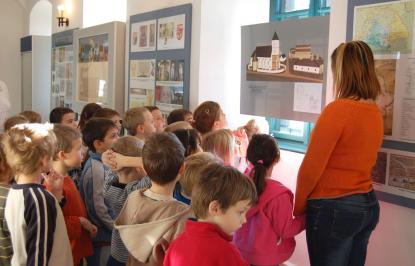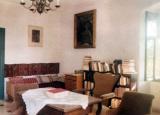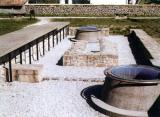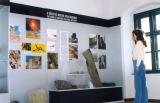2025. April 26. Saturday
Municipal Museum of Pásztó - Pásztó
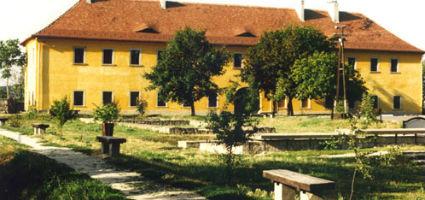 |
Address: 3060, Pásztó Múzeum tér 5.
Phone number: (32) 460-194
E-mail: pasztoimuzeum@gmail.com
Opening hours: Mon-Fri 8-16, Sat 9-15
|
The reconstruction work of the medieval glassworks in 1989. In the monastery the Benjámin Rajeczky memorial room and the first exhibition of the cistercian order. The library of the town had been functioning in the museum building till 1997. In October 1997 the permanent exhibition entitled "To the memory of Kálmán Csohány".

|
Programmes
|
|
